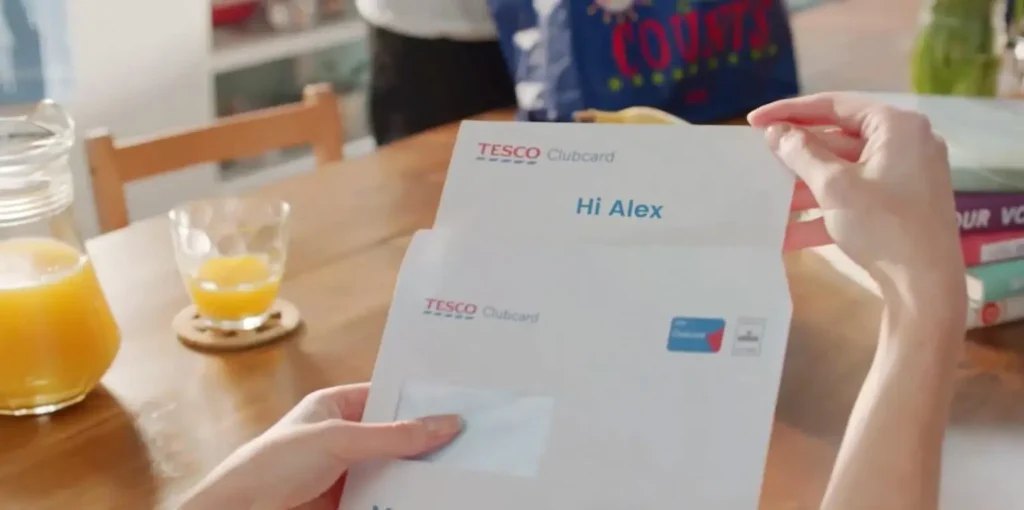From working with companies across fields and industries, we’ve discovered something interesting: Marketing departments tend to have a lot of anxiety when it comes to creating video. The first steps of a personalized video campaign, though, are the same as in any other marketing initiative: establishing objectives, researching the market, and brainstorming fresh new ways to connect with your audience.
In this blog post, we’ll walk you through the discovery and creative steps of your personalized video campaign:
The Discovery Session
While it’s tempting to jump right to the good stuff, starting with a discovery session will ensure that your campaign does exactly what it needs to do to meet your business’s goals. But first, it’s essential to define your business’s objectives and KPIs, both business and engagement, for this marketing campaign in general and the video in particular. This could include, for example:
- Churn reduction
- Satisfaction / NPS
- Conversion rate
- E-Registration
Then, take an in-depth look at your audience.
- Who is your target population?
- Who are their primary influencers and decision-makers?
- What information does your audience want or need, and what current content will the video replace?
- How will the video fit into the customer journey?
Think about the data you have access to—personal details about current members, their activities and challenges—and how you can work these details into your videos to make them relevant. Determine if the information in your CRM is reliable and the ranges on your data make logical sense. Find out what images or other media you can leverage in your personalized video such as products or relationship manager images.
Finally, consider your brand, its overall message, and reoccurring themes. Think about what new messages you want to send your audience and how these fit with your current brand. Synthesize calls-to-action. Assessments of your brand should consist of both internal and external views such as reviews, search results, and comparisons with competitors.
The discovery session highlights different perspectives among team members and ensures that everyone is on the same page, saving potential wasted time and money in solving conflicts later on.
The Creative Process
After you’ve honed your message and brand and defined your audience and KPI expectations, it’s time to get into the fun part: the creative process.
The first few weeks should be devoted to brainstorming, proposing, revising, and then finalizing a coherent concept, script, and storyboard, which should include both the video’s visual and text elements. Think about how to ensure your personalized videos have their own language, style, theme, and tone of voice. Unique, fresh videos have a big impact that will cause your message to stick. Maybe watch a few videos that have gone viral to help kick start your own process and get your creative juices flowing. Even though your personalized video is a series of rules and moving parts, you should still find fresh ways of making the video talk to the customer as if you were talking to them face-to-face.
The more elements you can plan for, the more each customer will feel as though this is something made for them. How will your script or storyboard play out with different cases? Will it work for a customer who joined 6 months ago and a customer who joined yesterday? Will single digit numbers look as good in a frame as a 6-digit number? Account for as many of these variables as you can in the discovery session mentioned above but plan on testing things out throughout the creative process.
Choosing the structure, editorial nature and content you are personalizing may be the most important part of the creative process. Look at the personalization of your video in two levels:
- The structure of your video can change according to the data. Scenes can be added, replaced, or the order changed depending on the customer.
- The content of each scene can change. Text and images can be replaced for each customer, as well as audio narration, sounds effects and so on.
If this was a regular video, this would be the end of the process. However, with a personalized video, once the creative work is done there’s still work to do in building the storyboard, integrating the data and optimizing how you’ll deliver the finished product.
Organizing and executing an effective, complex video campaign is a daunting task for marketing departments. Here’s where Idomoo can help. We have recently launched our new, Dynamic Storybuilder Suite. This platform will walk you through each step in the video-making process while allowing your company’s creativity to shine. Idomoo’s video personalization platform gives you access to scene libraries where you can customize images, text, audio, and colors, and define variable parameters. When you bring the ideas and Idomoo brings the tools, you can send a personalized video to each of your customers that resonates with their unique experiences.
In the next post, we’ll take a look at the more technical aspects of video creation including production and animation.






